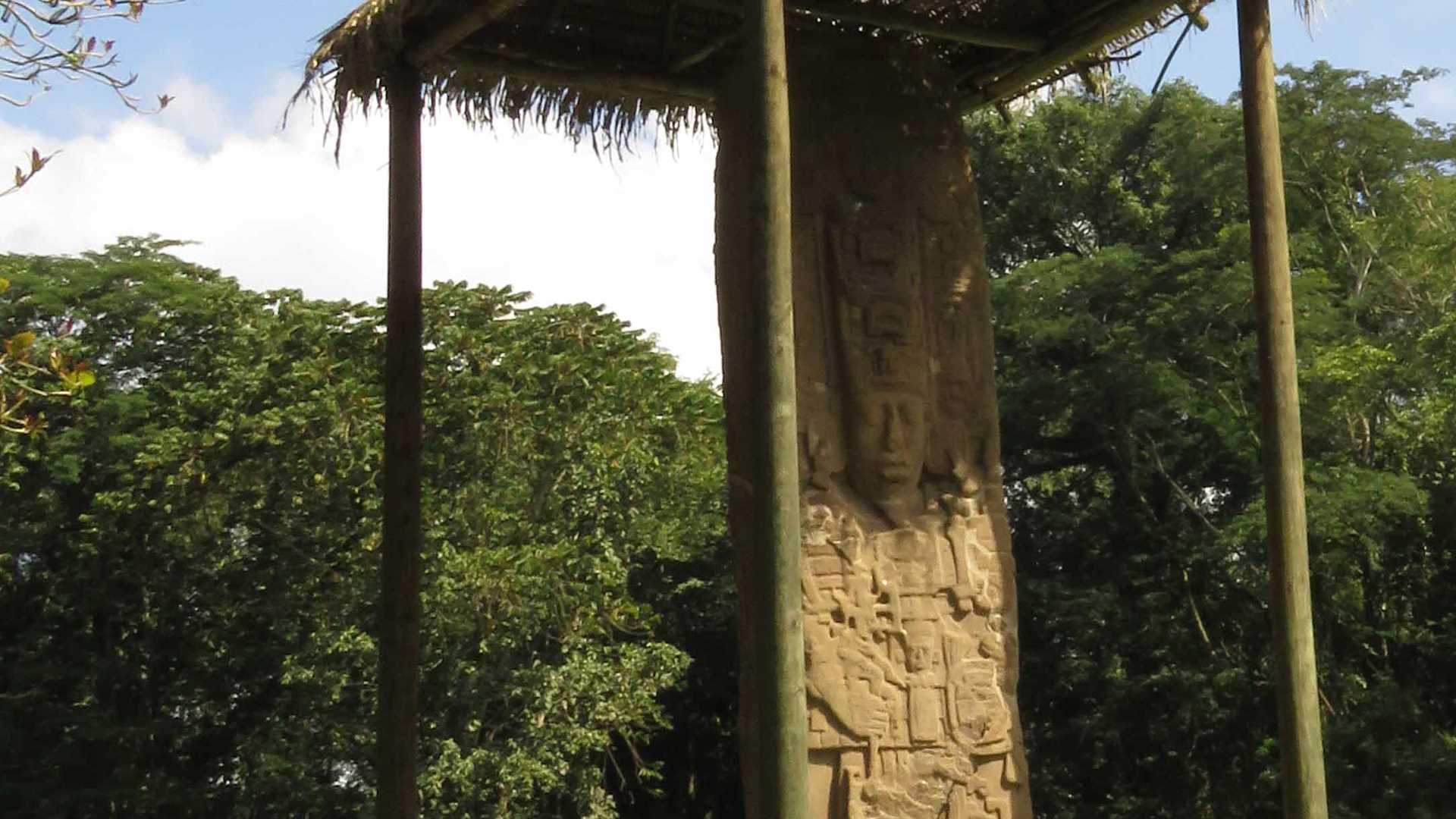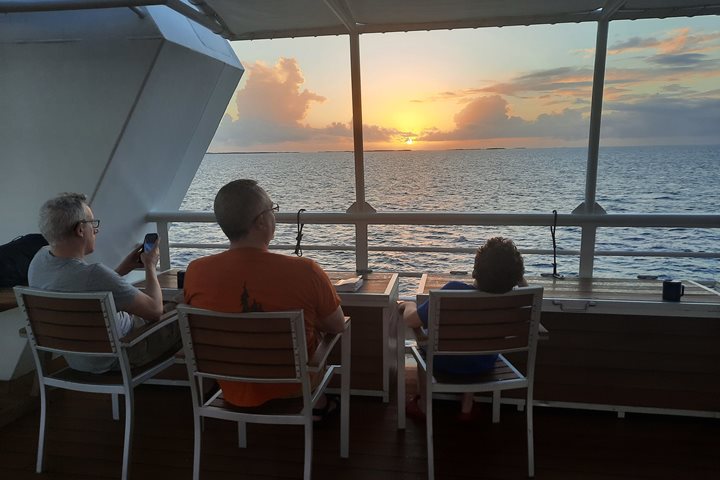National Geographic Quest made its way to Guatemala, the Heart of the Mayan World and former capital of the Central American Colony of Spain from the 1500 to the 1800´s.
Accompanied by Guatemalan experts, we boarded our buses and headed to the magnificent site of Quiriguá.
Founded approximately in the year 426 AD, Quiriguá was under the domain of Copan, Honduras until 438 AD, when the governor Kák Tiliw Chan Yo´pa got its political and economic independence.
Quiriguá was a very important commercial center, established in the margin of the Motagua River, which seems to have changed its waterbed due to an earthquake. Originally it was a trade route for obsidian and jade that came from the highlands of Guatemala and was distributed from here to other cities still in the Gulf of Honduras, Belize and Peninsula de Yucatan.
Home to the largest stelas ever found anywhere in the Mayan World, reaching over 25 feet heights and 65 tons of weigh, the stelas were made to commemorate victories in war, heavenly events and other important moments to the Mayans.
We visited the Great Plaza, where ceremonies, commerce and rituals took place. Then, excited for having learned about this ancient culture, we drove to Nana Juana Restaurant and local music as well as a delicious Guatemalan meal and drinks welcomed us to Lake Izabal, the largest Lake in Guatemala.
Mayan women weaving in situ showed us their art and we had the opportunity to buy local products and support their economy.
Then we boarded our boats and headed towards San Felipe de Lara, a Castle built by the Spanish Crown in 1652 in order to protect themselves against the constant invasion of pirates. This beautiful architectural piece stands out to show part of the history of Guatemala in Colonial times.
Our expedition continued through the Rio Dulce, where we explored and learned about the mangroves and were able to spot great and snowy egrets, olivaceous cormorants, northern jacanas, brown pelicans, royal terns and other species of birds that complemented the always elegant turquoise browed motmot that we had seen previously at Quiriguá.
The spectacular canyon carved on limestone formations throughout the years, appeared on the way showing us a beautiful barn owl that was guarding its boundaries as well as a good number of green iguanas, ancestral creatures of the animal kingdom. Our expedition ended after going by Livingston, home to the Garifuna community, a culture born in the 1700´s, when a group of slaves escaped to Dominica and Saint Vincent and mixed up with the Caribs and gave place to an interesting group that mixed its language and traditions to create their own identity. At our social hour, we had recaps and shared our experiences of the day.









